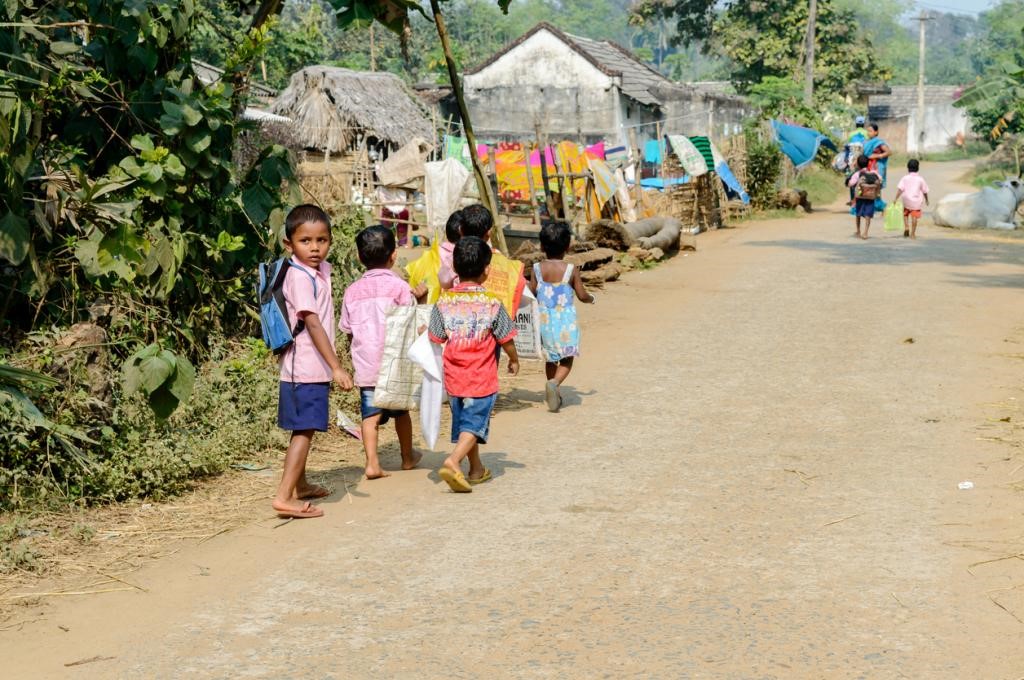Description

Disclaimer: Copyright infringement not intended.
Context
- Slow progress on achieving the target of education for all set by the United Nations (UN), coupled with socio-economic pressures in many parts of the world, has widened the global educational gap in the last two years, according to UNESCO.
Details
Key takeaways from the report
- Widening Educational Gap: Despite the UN's commitment to achieving education for all, progress has been slow, and the global educational gap has widened in the last two years. There are now 250 million children who are not enrolled in school, which is an increase of six million since 2021.
- Exclusion of Girls in Afghanistan: The mass exclusion of girls and young women from education in Afghanistan has contributed to this increase in the number of children not enrolled in school. This situation has raised concerns about the impact on gender equality in education.
- 2030 Targets: To meet the 2030 targets of SDG 4, a new child needs to join school every two seconds. This requires the enrollment of an additional 58 million children, adolescents, and youth in school, as well as the training of at least 1.7 million more primary school teachers to provide quality education.
- Commitments by Countries: The report assesses commitments made by 141 countries to upgrade their education systems to support SDG 4. Notably, many countries have committed to advancing teacher training, increasing investment in education, and providing financial support and school meals. However, significant challenges remain in achieving these commitments.
- Completion Rates: The report examines completion rates for primary and secondary education, showing some improvement. However, disparities persist, with Sub-Saharan Africa lagging behind the global average by more than 20 percentage points in primary and upper secondary education.
- Impact of COVID-19: The COVID-19 pandemic had a significant negative impact on education globally. It caused major disruptions and led to a 10 percent drop in adult participation in formal and non-formal education in high-income countries.
- Learning Progress: In low- and lower-middle-income countries that measure learning progress at the end of primary school, Vietnam is the only country where a majority of children achieved minimum proficiency in reading and mathematics.
- Call for Urgent Action: UNESCO emphasizes the need for urgent action to achieve SDG 4 and protect the future of millions of children worldwide.

About SDG-4
Sustainable Development Goal 4 (SDG 4) is one of the 17 global goals established by the United Nations in the 2030 Agenda for Sustainable Development. It focuses on ensuring inclusive and equitable quality education and promoting lifelong learning opportunities for all.
Goal
- Ensure inclusive and equitable quality education and promote lifelong learning opportunities for all.
Targets and Indicators
- Access to Early Childhood Development: Ensure that all girls and boys have access to quality early childhood development, care, and pre-primary education. This includes indicators such as enrollment rates and the percentage of children achieving development milestones.
- Equal Access to Quality Education: Ensure that all girls and boys have access to free, equitable, and quality primary and secondary education. This includes indicators related to enrollment, completion rates, and gender parity.
- Literacy and Numeracy: Ensure that all youth and a substantial proportion of adults, both men and women, achieve literacy and numeracy. Indicators measure literacy rates and proficiency in reading and mathematics.
- Equal Access to Technical and Vocational Education: Ensure that all youth and adults have access to quality technical, vocational, and tertiary education. Indicators measure enrollment rates in these forms of education.
- Eliminate Gender Disparities: Eliminate gender disparities in education and ensure equal access to all levels of education for vulnerable populations. Indicators track gender parity and the inclusion of marginalized groups.
- Quality of Education: Improve the quality of education through well-trained teachers, relevant curricula, and supportive learning environments. Indicators assess teacher qualifications, student-teacher ratios, and the availability of learning materials.
- Global Citizenship and Sustainability Education: Ensure that all learners acquire knowledge and skills needed to promote sustainable development and global citizenship. This includes indicators related to education for sustainable development.
- Education Facilities and Safe Learning Environments: Ensure safe, inclusive, and effective learning environments for all. Indicators measure the percentage of schools with basic infrastructure and facilities, as well as the percentage of students who feel safe at school.
- Scholarships and Incentives: Expand scholarships and financial support for students, particularly those from disadvantaged backgrounds, to access higher education. Indicators track the availability and utilization of financial aid.
- Teacher Training and Professional Development: Substantially increase the supply of qualified teachers through teacher training and professional development. Indicators measure the percentage of teachers with proper training.
Importance of SDG 4
- Human Capital Development: Education is a fundamental driver of individual and societal development. It equips individuals with the knowledge and skills needed to improve their lives and contribute to economic and social progress.
- Reducing Inequalities: SDG 4 aims to bridge educational inequalities, particularly among marginalized and vulnerable populations, which can help reduce overall inequalities within and among countries.
- Promoting Sustainable Development: Education plays a crucial role in promoting sustainable development by raising awareness about environmental and social issues, fostering responsible citizenship, and preparing individuals for jobs in emerging sustainable industries.
- Conflict Prevention: Access to quality education can contribute to peace and stability by reducing the likelihood of conflict and extremism. Education promotes tolerance, understanding, and dialogue among diverse communities.
- Economic Growth: A well-educated workforce is essential for economic growth and innovation. Education is linked to higher productivity and better employment opportunities.

Conclusion
The report underscores the challenges and slow progress in achieving the goal of quality education for all by 2030, with particular concerns about gender disparities, insufficient teacher training, and the impact of the COVID-19 pandemic. Urgent and concerted efforts are needed to bridge these gaps and meet the educational targets set by the United Nations.
|
PRACTICE QUESTION
Q. Analyze the impact of the COVID-19 pandemic on the progress towards Sustainable Development Goal 4 (SDG 4) and the urgent measures required to achieve quality education for all by 2030. (150 Words)
|
https://unesdoc.unesco.org/ark:/48223/pf0000386852?posInSet=1&queryId=5723e6b7-8b65-43e1-a3d4-3868ad1a39ab















